Why the Term LGBTI
At RFF we know there are many different versions of the “LGBT” acronym used around the world. In Canada, where RFF started, people often use the acronym “2SLGBTQ+”. This is especially important in Canada as it acknowledges and prioritizes the 2-Spirit identity some Indigenous folks use to identify themselves.
Because RFF is an international organization that works with partners in the Global South we decided that LGBTI would be the most appropriate acronym as many Indigenous folks outside of Canada may not identify with the “2S” identity. That said, you may find us using a few different iterations of the acronym throughout our materials depending on who we believe our audience is at that specific point of time.
To learn more about the meaning of each letter take a look at the glossary on the left which is based on definitions sourced from UBC’s Positive Space Campaign.
* While not explicitly mentioned in the glossary, we would also like to acknowledge pansexuality and all of its derivatives as another valid identity.
“2SLGBTQIA+” Glossary
-
A contemporary term that refers to the historical and current First Nations people whose individual spirits were or are a blend of male and female spirits. This term has been reclaimed by some in Indigenous Native American LGBT communities in order to honour their heritage and provide an alternative to Western labels of gay, lesbian, bisexual or transgender.
-
A self-identified women who is romantically/ sexually attracted to other self-identified women.
-
A self identified man who is romantically/ sexually attracted or involved with other self-identified men. ‘Gay’ can also be used to talk about both men and women or, more generally the “gay community”, but it commonly refers to men.
-
A person who is romantically/ sexually attracted to or involved with people of the same gender or another gender. “both'“/ all genders, or is is open to such attraction.
* the word “both” appears in quotation marks to reference the root of bi as meaning two, but also to challenge the binary notion that there are only two genders. -
A term for people whose gender identity, expression or behaviour is different from those typically associated with their assigned sex at birth. Transgender is a broad term and “Trans” is shorthand for “Transgender”
*Transgender is correctly used as an adjective, not a noun, thus “transgender people” is appropriate but “transgenders” is often viewed as disrespectful. -
Queer is an umbrella term for a social, intellectual, and/or political movement that seeks to encompass a broad range of sexual identities, behaviours and expressions. It is also a personal identity that has been “re-claimed” because ‘queer’ has historically been used as an insult.
Questioning refers to the questioning of one’s gender, sexual identity, sexual orientatio, or all three is a proces of exploration by people who may be unsure, still exploring and concerned about applying social label to themselves for various reasons.
The letter “Q” added to the end of the acronm LGBT can refer to either queer or Questioning. -
A term to describe people who are born with reproductive or sexual anatomy that does not fit typical definitions of male or female. The Terms ‘intersex’ and ‘trans’ are distinct and should not be used interchangeably.
-
A term used to describe people who do not experience sexual attraction. Asexuality is not the same as celibacy, which is the willful decision to not act on sexual feelings. Asexual people are quite capable of loving, affectionate, romantic ties to others. In fact there is a lot of diversity in how asexual people experience things like relationships, attraction and arousal.
-
A plus sign (+) is added to represent the infinite variety of identities outside of, or not represented, by this acronym.
